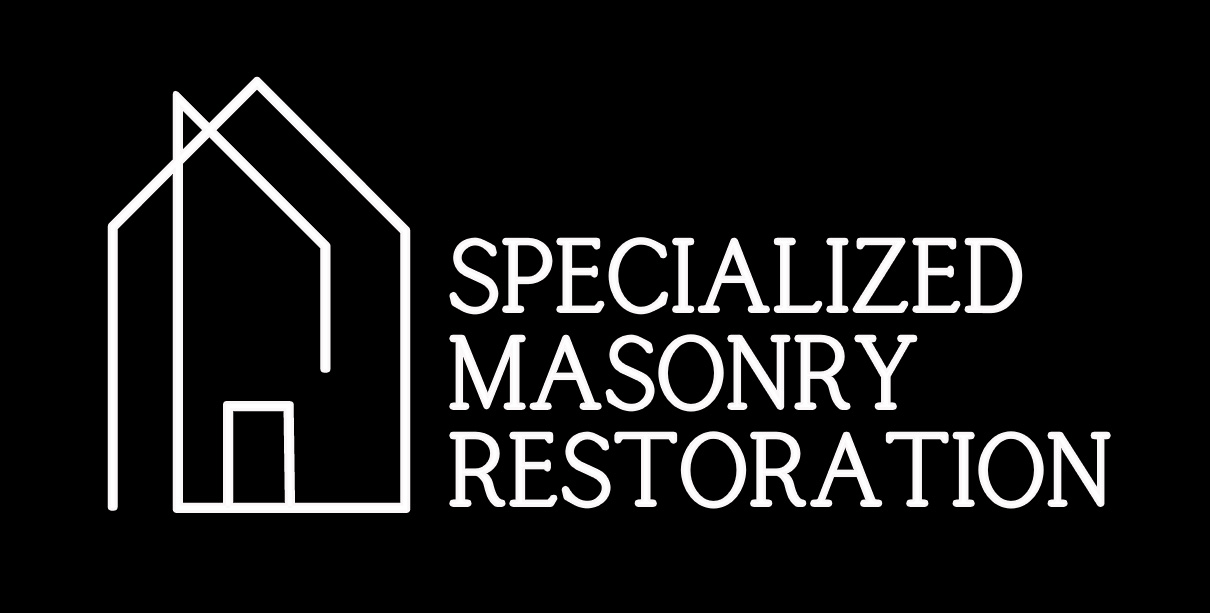Introduction:
Brick is an evergreen material for construction worldwide due to its durability, classic look, and high value. However, as time passes, bricks can experience various issues, such as chipping, cracking, and fading. Thus, the need for brick repair arises. Brick repair includes cleaning, sealing, and replacing damaged bricks. In this article, we will explore how to repair bricks, how to educate yourself on brick maintenance, and how to remediate possible issues.
- Fixing:
Fixing bricks requires a few simple steps. Firstly, cleaning the bricks is essential. Use mild cleaners to remove dirt and other elements that can stain the bricks. Next, replace any damaged bricks to prevent further damage. Suppose you notice wear and tear in the bricks, such as cracks, chips, or holes. Use masonry drills and chisels to remove the damaged bricks and replace them with new ones. And a color matched mortar for repointing.
- Educating:
A smart homeowner always educates themselves in various maintenance tasks concerning their home, including bricks. Educating yourself in brick maintenance includes knowing how to prevent issues and the signs of when to hire professionals. To prevent brick issues, regularly clean your bricks with mild cleansers and avoid high-pressure washing. Furthermore, pay attention to the signs of when you need to call professionals, such as large-area damage or any mysterious moisture buildup.
- Remediation:
If you don’t correctly remediate any brick issues, you can worsen the problem. The most common issue homeowners face is moisture. Moisture buildup in bricks can lead to considerable damage. That’s why it’s essential to remediate harvest rebricking and re-pointing. Harvest rebricking includes replacing the source of moisture by installing proper flashing. Re-pointing involves being on the lookout for any cracks or gaps in the mortar. These gaps can allow moisture inside and severely damage the bricks.
- Protecting:
Preventative measures are crucial for the long-term protection of your bricks. A common method of protection is brick sealing. Sealing bricks prevents moisture and other contaminants from harming them, protecting the bricks under various weather conditions. For this, choose a high-quality sealer and use thin layers, applying them in both horizontal and vertical layers to ensure full coverage.
Conclusion:
In summary, brick repair is crucial to the longevity of your home’s bricks. Maintaining and protecting your bricks can save you money in the long term. Brick repair includes fixing, educating, remediation, and protecting your bricks. With this comprehensive guide, you can now protect and maintain your home’s most basic yet most critical material – bricks.

